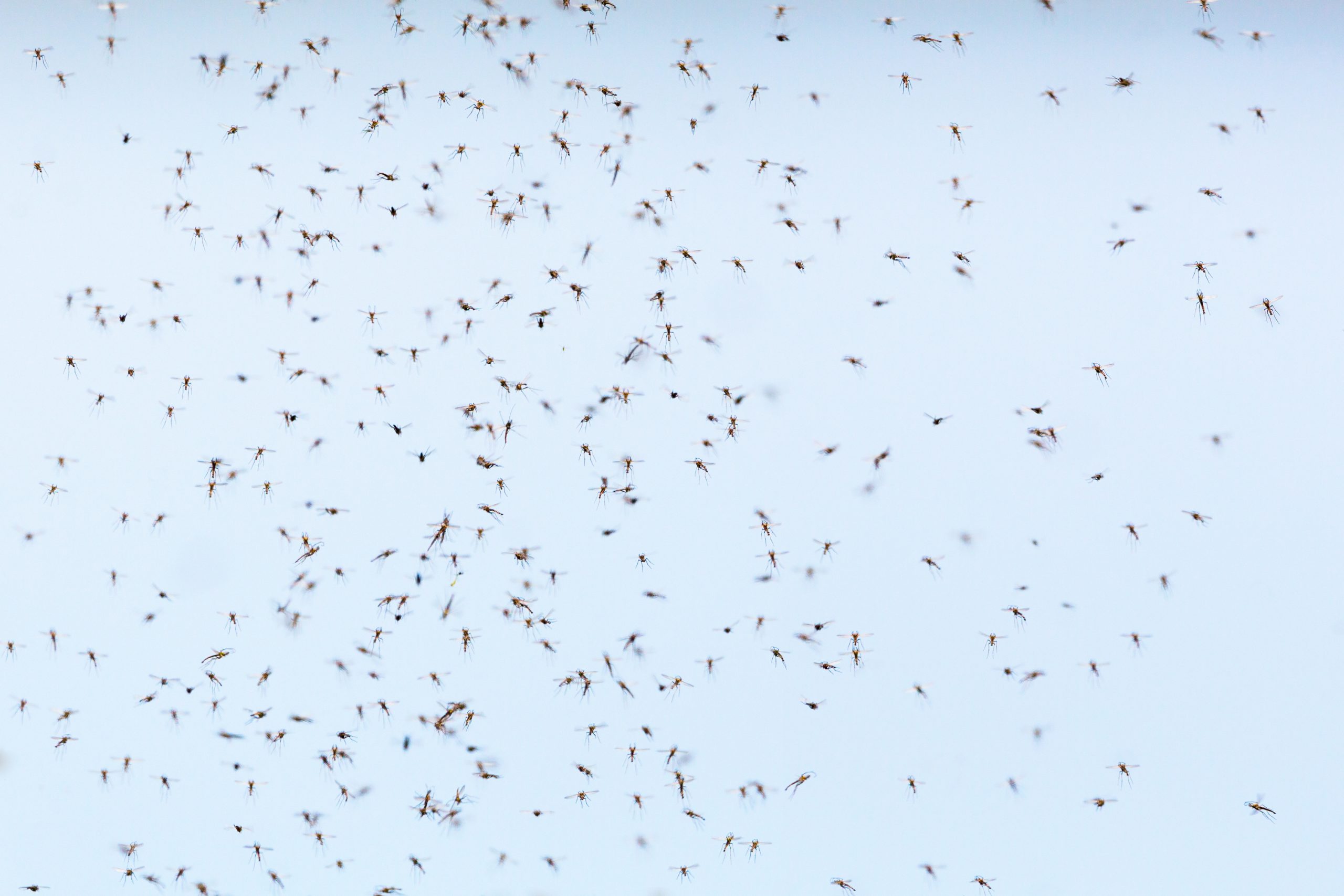Vector-borne diseases such as malaria, dengue, Zika and Chikungunya are responsible for over 700,000 deaths per year worldwide. While existing tools have helped save millions of lives, they are insufficient to eliminate these diseases and address emerging challenges, such as insecticide and drug resistance. This sobering fact underscores the pressing need to develop and explore new vector control approaches, such as genetically modified mosquitoes.

Today, more than 80% of the global population still lives in an area where they are at risk for at least one of the major vector-borne diseases, as noted by Dr. Stephanie James, Senior Scientific Advisor at the Foundation for the National Institutes of Health (FNIH), during a recent episode of the podcast Causes or Cures. Malaria is amongst the deadliest vector-borne diseases, accounting for approximately 619,000 deaths in 2021, according to the World Health Organization (WHO).
Gene drive is one of the genetic approaches being explored as a potential tool to reduce the burden of malaria and other diseases transmitted by mosquitoes. “Gene drive is a process that promotes the inheritance of certain genes or sets of genes from generation to generation so they increase in frequency within the population, and that can be used to introduce new traits rapidly into an interbreeding population”, Dr. James explains.
The interest in the development of gene drive mosquitoes is due to several factors, including the fact that these technologies have the potential to provide a sustainable, precise, and cost-effective approach to control mosquitoes that – unlike bed nets and other measures – would also have the advantage of working without a need for human behavioural change.
There are different gene drive approaches currently being investigated: population replacement approaches – which aim to reduce the ability of the target mosquito species to transmit the pathogen – and population suppression approaches – whose objective is to reduce the size of the target mosquito population.
It is important to note that not all gene drives are the same. The podcast explores the differences between self-sustaining gene drives, self-limiting gene drives, and confined gene drives. Self-sustaining gene drives promote the persistence of the modification at a high frequency through multiple generations, while self-limiting gene drives would impose a temporal restriction on the persistence of the modification. There are also confined gene drives, which would impose spatial limitations on the spread of the modification.
No gene drive organism has been released into the environment so far, and it will take years until any gene drive application is proposed for use or field evaluation. Still, several frameworks already available address issues of safety and efficacy related to these technologies, including the WHO’s Guidance framework for testing of genetically modified mosquitoes.
This particular framework also explores best practices on stakeholder engagement – a key element to ensure communities’ concerns and values are taken into account throughout the different research phases and their representatives participate in decision-making processes. Dr. James also emphasizes the importance of capacity-building initiatives, highlighting the critical role of GeneConvene, the African Union Development Agency, the Pan-African Mosquito Control Association, and the African Genetic Biocontrol Consortium to strengthen the capacity of African stakeholders for the evaluation of genetic biocontrol technologies.
Listen to the full episode here for further insights into gene drive technologies’ potential benefits and risks and research best practices.
Recent posts
